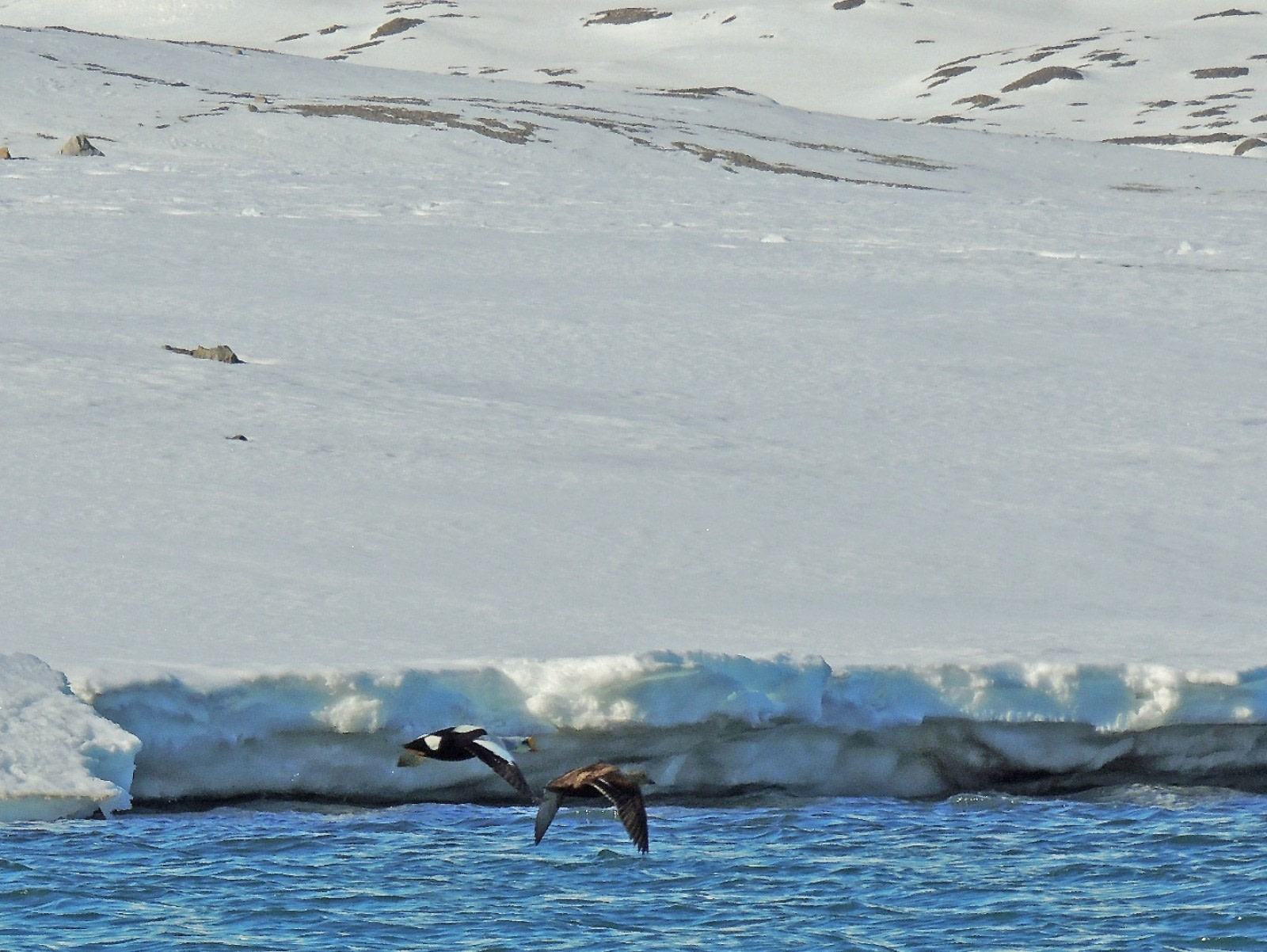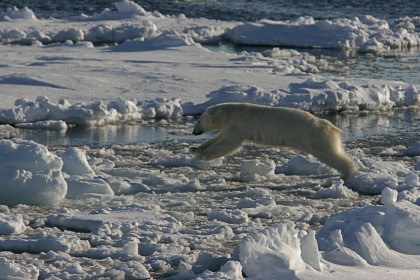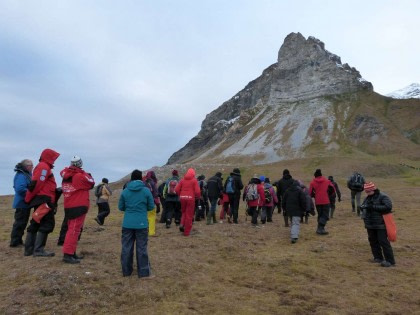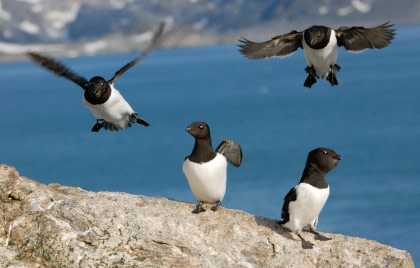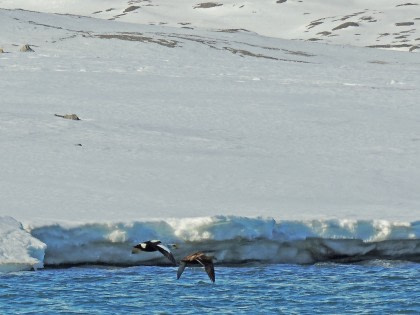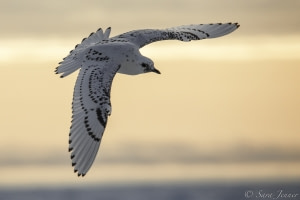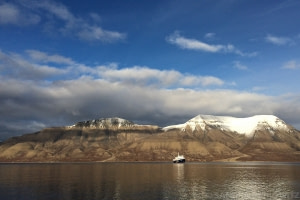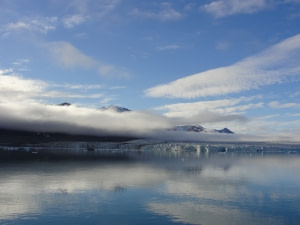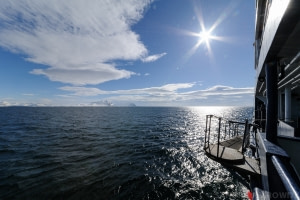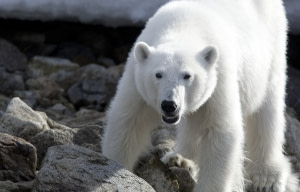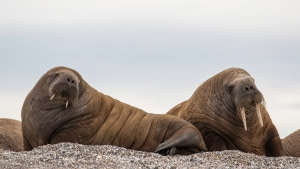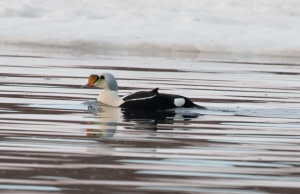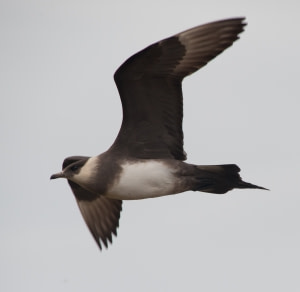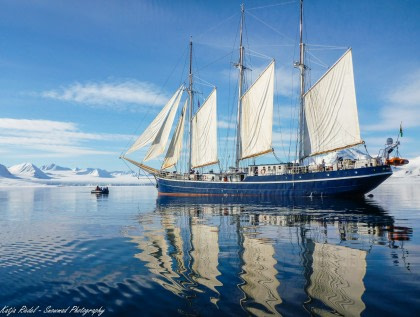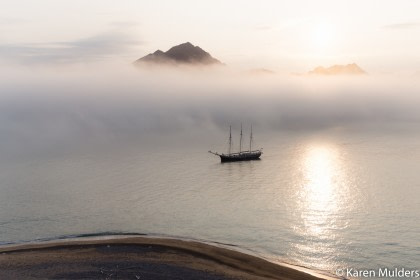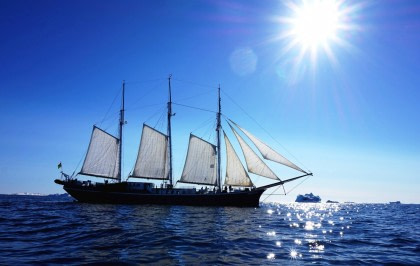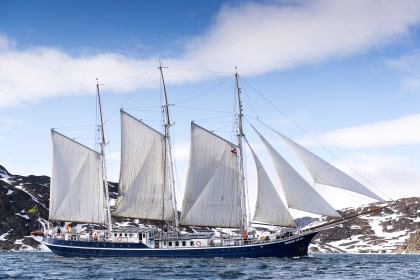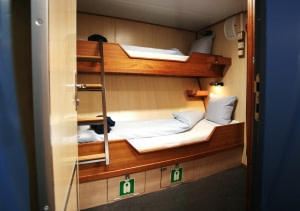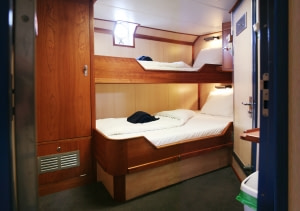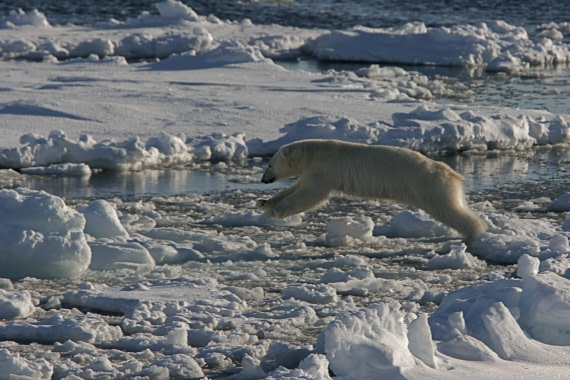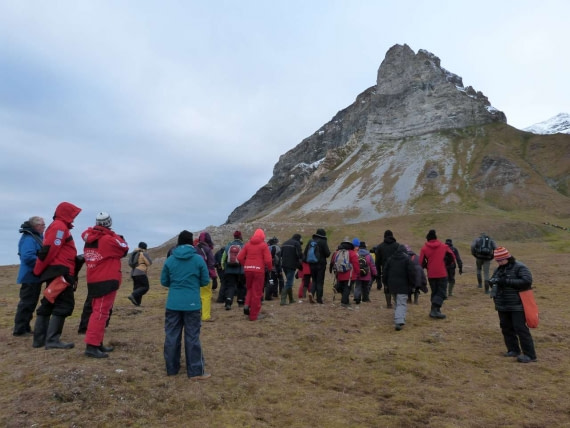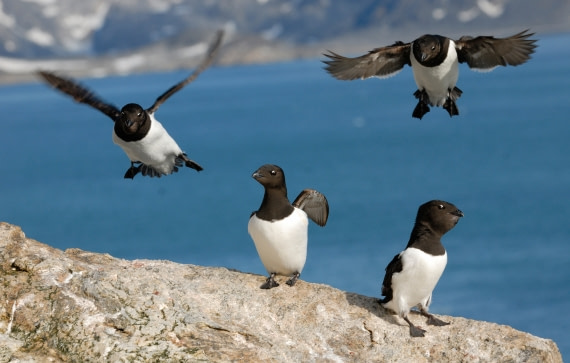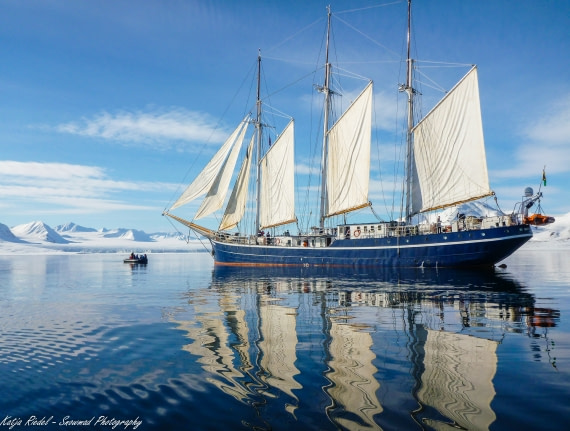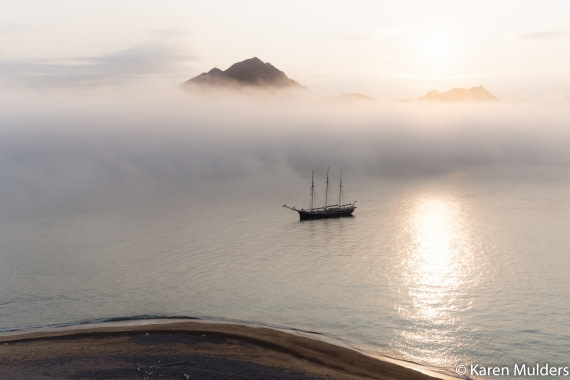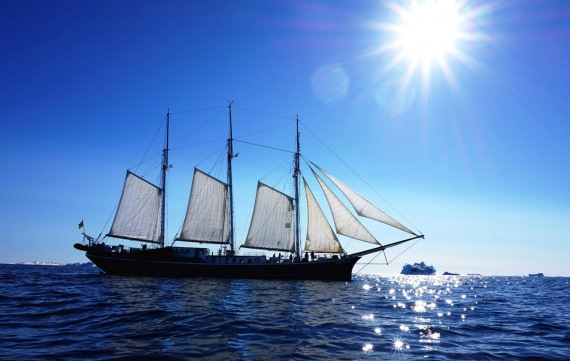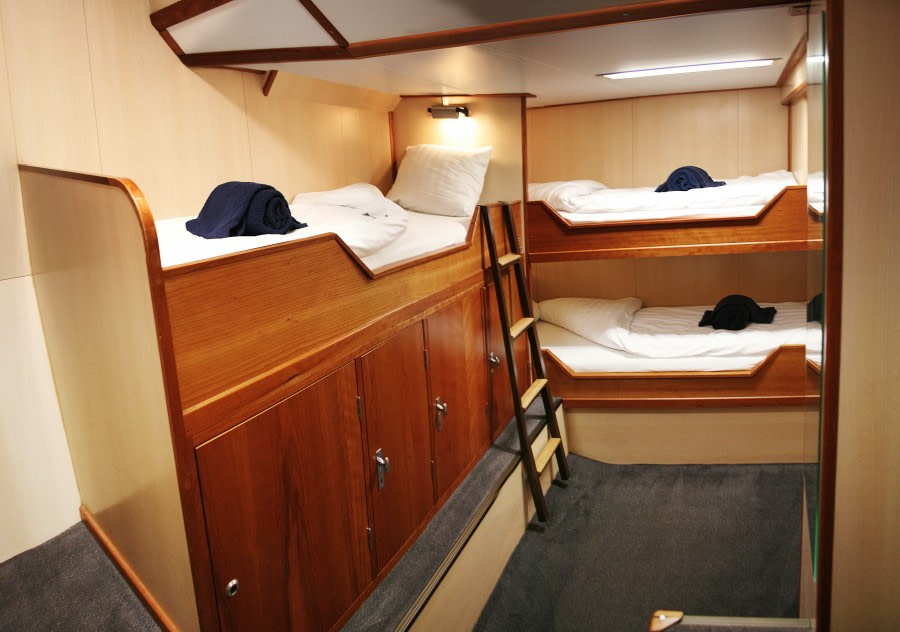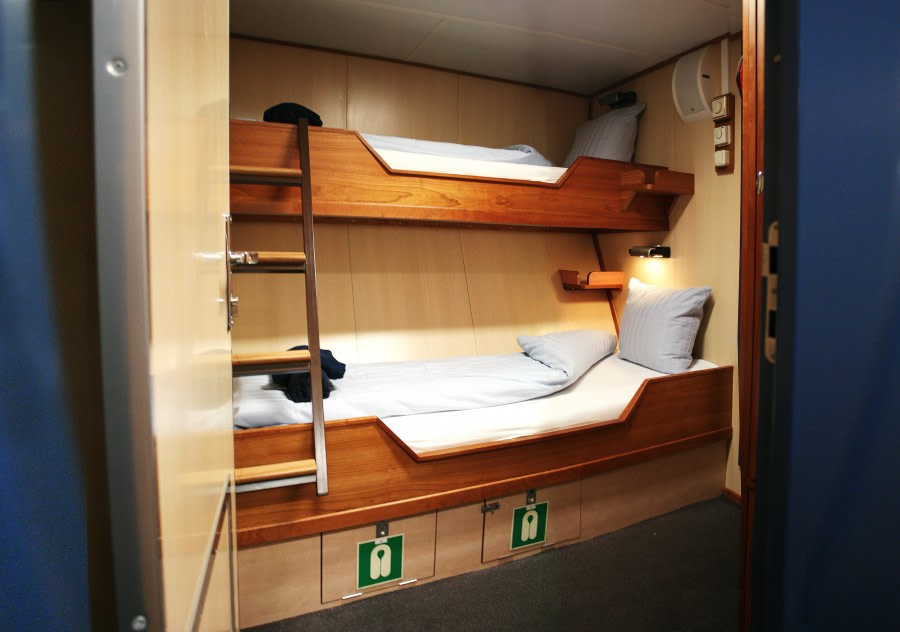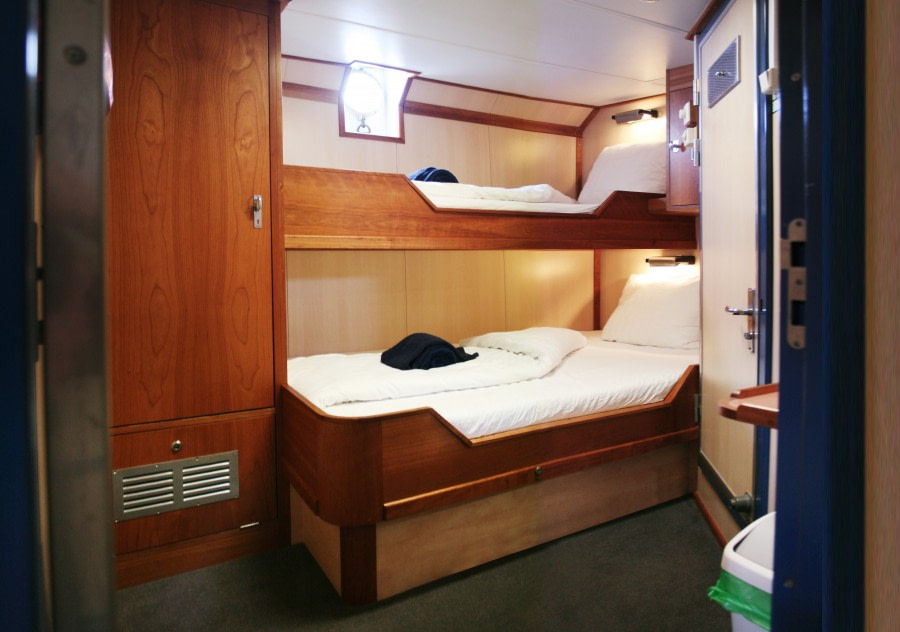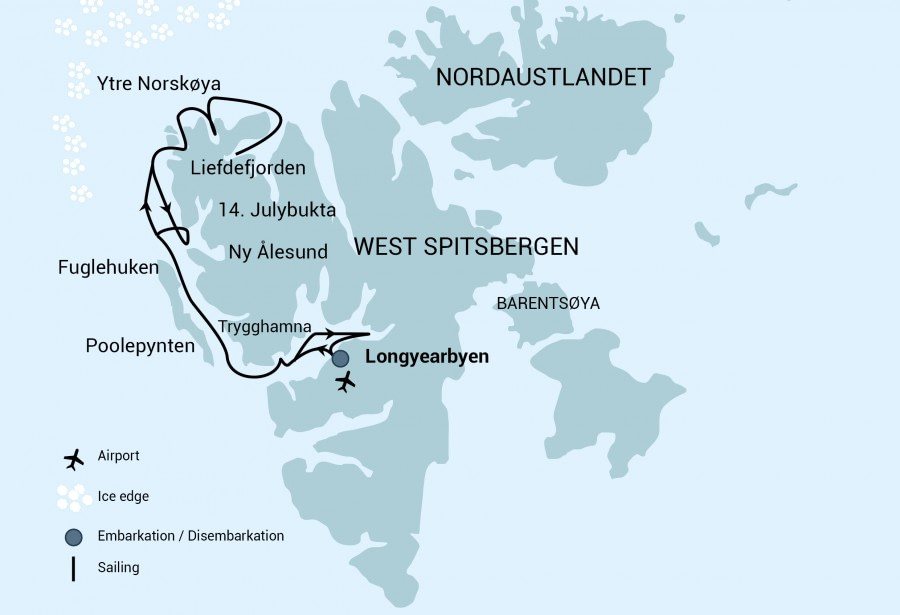
| Title: | North Spitsbergen , Arctic Summer – Birding |
| Dates: | |
| Tripcode: | RVR23-23 |
| Duration: | 10 nights |
| Ship: | s/v Rembrandt van Rijn |
| Embarkation: | Longyearbyen |
| Disembarkation: | Longyearbyen |
| Language: | English speaking voyage |
| More about: | |
All itineraries are for guidance only. Programs may vary depending on local ice, weather, and wildlife conditions. Landings are subject to site availabilities, permissions, and environmental concerns per AECO regulations. Official sailing plans and landing slots are scheduled with AECO prior to the start of the season, but the expedition leader determines the final plan. Flexibility is paramount for expedition cruises, and willingness to compromise on comfort is a basic requirement on board a historic sailing vessel. Important information about the use of sails: The vessel is equipped with sails to be used in good conditions (based on open sea, water depth, wind, and time allowance), but the use of sails is not guaranteed. The captain decides whether to use the sails or the engine. If sails are used, the crew will operate them. Guests must follow the safety instructions of the team. The average cruising speed for s/v Rembrandt van Rijn is 6.5 knots.
The North Spitsbergen cruise sails to some of the remotest locations of northern Europe. The expedition gives you the opportunity to spot historic whaling remains, glaciers, a variety of Arctic birds including the Little Auk, and polar bears.
Birding: -
We will have at least one dedicated expedition guide in our team who will share their expert knowledge about bird species and who will be available to help you identify, photograph on deck and learn more about the birds that we see. In addition to outdoor sessions, our guide will focus on species and related information on the birds of the Arctic in re-caps and lectures onboard.
Day 1: Largest town, biggest island
You touch down in Longyearbyen, the administrative center of Spitsbergen, the largest island of the Svalbard archipelago. Enjoy strolling around this former mining town, whose parish church and Svalbard Museum make for fascinating attractions.
Though the countryside appears stark, more than a hundred species of plant have been recorded in it. In the early evening the ship sails out of Isfjorden, where you might spot the first minke whale of your voyage. In the evening you sail for Trygghamna, where you see the remains of a 17th-century English whaling station and 18th-century Pomor hunting station, both of which you can visit the next morning.
Day 2: Foxes, seabirds, and grazing reindeer
From Trygghamna you walk to Alkhornet, a large seabird cliff where the birds are scouting out breeding places. Below the cliffs is a common place to spot Arctic foxes, and you may also see reindeer grazing on the lush vegetation if there’s not too much snow.
Day 3: Remains of the whalers
You sail into Fuglefjorden amid views of Svitjodbreen and Birgerbukta, both breeding areas for great skuas as well as likely spots to see a polar bear. On Birgerbukta you can see 17th-century Basque ovens once used for cooking whale blubber. The aim next is to visit Ytre Norskøya, a small island that served for many years as a Dutch whaling lookout. Here you can still follow the whalers’ tracks to the summit of the island, passing popular bird cliffs on the way. On shore are the remains of more 17th-century blubber ovens, while Arctic skuas and common eiders breed among the graves of some two hundred Dutch whalers.
Day 4: Glaciers and Ermaktangen geology
Raudfjorden, on the north coast of Spitsbergen, is a fine place for gazing over the glaciers. It’s also a favorite hangout for ringed and bearded seals, colonies of seabird, and the occasional polar bear and beluga whale. Ermaktangen, at the fjordh coast of Spitsbergen, is a fine place for gazing over the glof the land.
Day 5: Wide open tundra
If ice conditions permit, you may land on the northern side of Reindyrsflya, the largest tundra area of Spitsbergen. This vast and rolling plain is a popular grazing area for reindeer, and several species of waders also breed here. Similarly, the lakes afford you a good chance of spotting red-throated divers and king eiders.
Day 6: On to the little auks
In the morning you land at Fuglesangen, where you can observe spirited communities of little auks. You then sail south to Magdalenafjorden, one of the glacier-filled highlights of Spitsbergen. A shore visit shows you the remains of 17th-century English whaling, and you can also see more large colonies of little auks.
Day 7: Earth’s northernmost community
You head north for Kongsfjorden and Krossfjorden. The landscape is likely to show signs of winter, the crags and slopes still blanketed with snow. We aim to visit places of historic interest: Ny London, where you can see the remains of early 20th-century marble mining, and Ny Ålesund, the northernmost community in the world. There are also research stations and the famous anchor mast of the dirigible Norge, which took the first flight across the North Pole to Nome, Alaska in 1926. Krossfjorden offers views of colossal glaciers and lofty mountain peaks, but ultimately the extent of fjord ice dictates the itinerary here.
Day 8: Greatest glacier front in Spitsbergen
Today we sail to 14th July Glacier and by the nearby impressive bird mountain. We do not land here, but you will have the opportunity to watch the breeding birds from the ship or Zodiac at a close distance.
Then in Krossfjorden, we sail by a puffin breeding spot and into Lillehook Glacier, the largest glacier front in Spitsbergen. Here you can see foraging kittiwakes. We may also land in Signehamna, where the German Kriegsmarine had a weather station during World War II.
Ebeltofthamna is another place of historical interest, being the first whaling station on land in this area, with graves of English whalers from the very early 17th century. Ultimately, the extent of fjord ice dictates the itinerary here.
Day 9: The past days of polar bear hunting
On your journey south, the goal is a landing at Fuglehuken. Here you see remains from the great era of polar bear hunting. There are also large seabird colonies and a haul-out spot for harbour seals. Alternatively you could land on the coast of Forlandsundet, at Engelskbukta or Sarstangen. Walruses are occasionally seen here, and the tundra is a fine place for a walk.
Day 10: Wide tundra, towering mountains
The next stop is Bohemanflya, an expansive tundra with its own avifauna (depending on when spring arrives) and spectacular geological formations along the coast. In Gipsvika you can go on shore near Templet, a mountainous location of eroded sedimentary rock from the Upper Carboniferous period – around 290 million years ago.
Day 11: There and back again
Every adventure, no matter how grand, must eventually come to an end. You disembark in Longyearbyen, taking home memories that will accompany you wherever your next adventure lies.
Highlights you might experience
s/v Rembrandt van Rijn
Our three-mast schooner, Rembrandt van Rijn, is well suited for expedition cruising among the fjords of Greenland and Spitsbergen. Full ship info »
ACTIVITIES YOU CAN PARTICIPATE IN
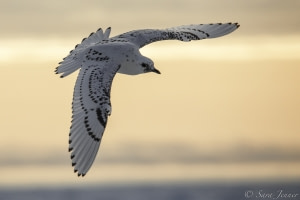
Cabins & Prices
Twin Private Inside
- 1 upper / lower berth
- Private shower and toilet
- Ample storage space
Complete cabin
10000 USD
Price for the complete cabin, fully occupied.
Single cabin
8500 USD
Price for the complete cabin occupied by 1 person (1.7x the shared rate).
Sharing berth
5000 USD
Share your cabin with others for the best price
Twin Private Porthole
- 1 porthole
- 1 upper / lower berth
- Private shower and toilet
- Ample storage space
Complete cabin
11600 USD
Price for the complete cabin, fully occupied.
Single cabin
9860 USD
Price for the complete cabin occupied by 1 person (1.7x the shared rate).
Sharing berth
5800 USD
Share your cabin with others for the best price
